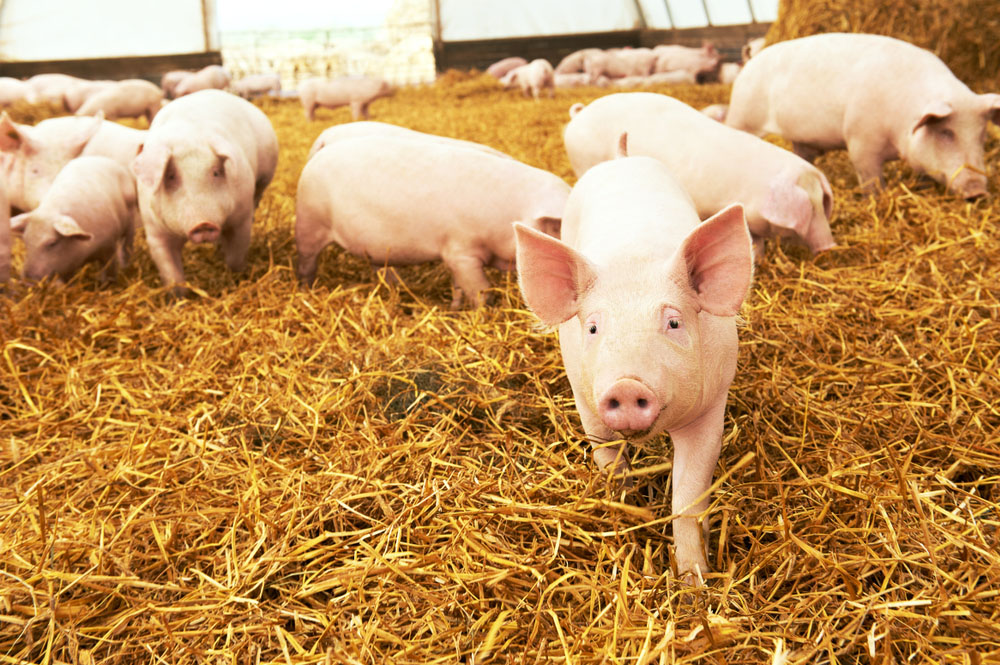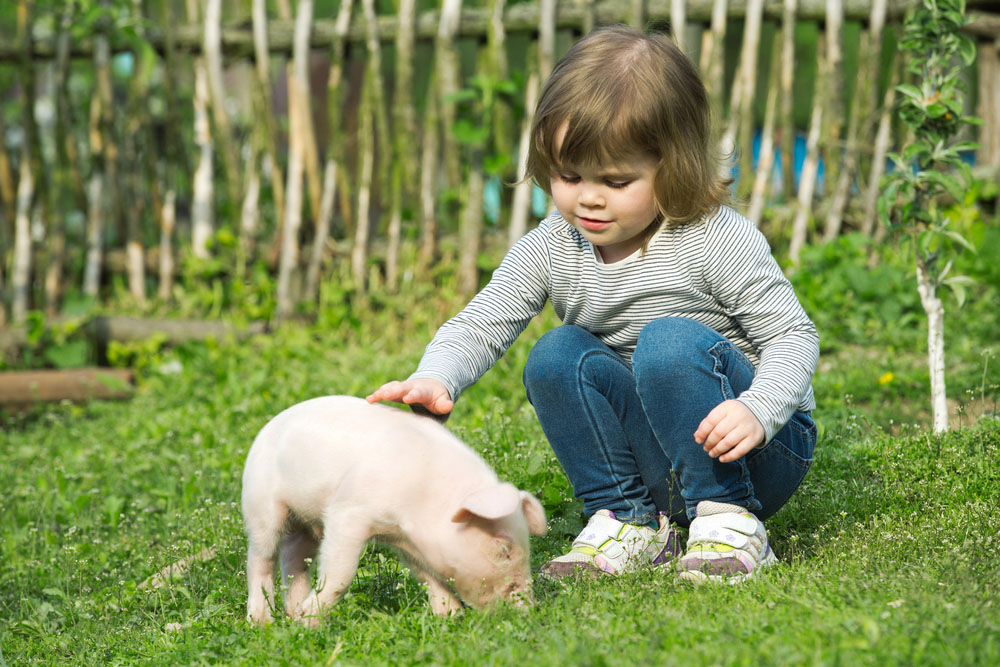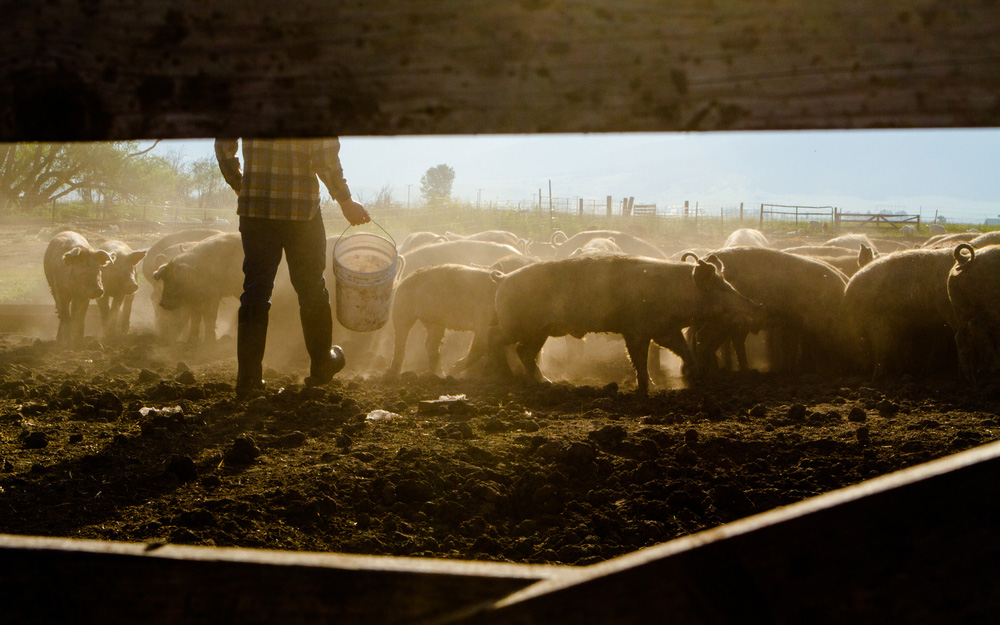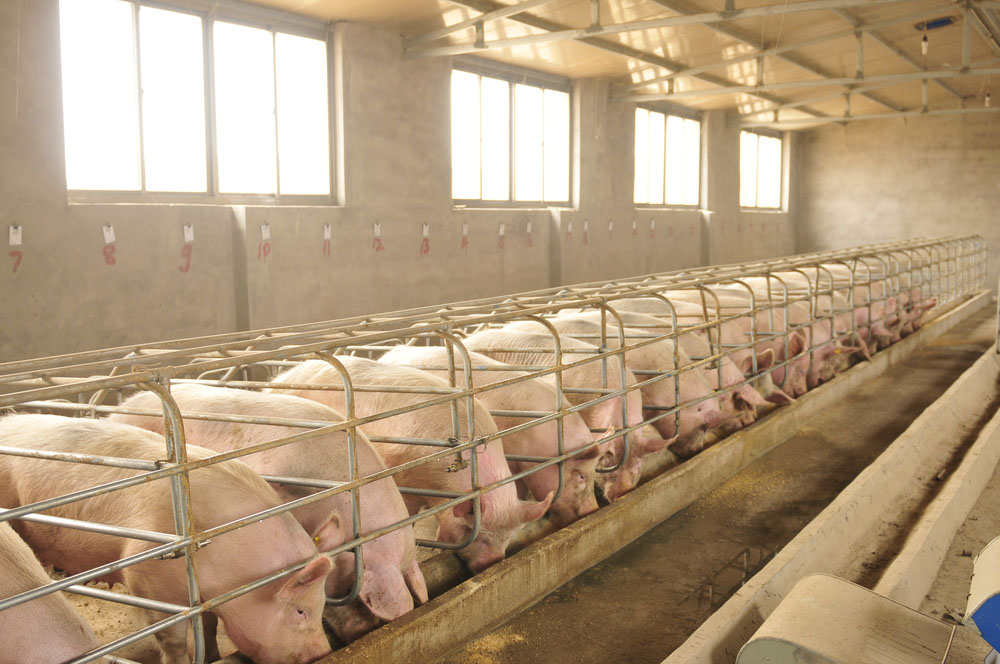
Source: Swine Tech

Farming, undeniably, is a profession that takes hard work. Passed down through families and generations, it’s a hands-on, dedicated skill to earn, but what if it could be made more efficient so that producers can spread that hard work out and receive more for their time? That idea is what motivates Dave Klocke, recipient of the Iowa Farm Bureau’s Distinguished Service Award, in his work as the founder of PigEasy, LLC®. Klocke is using research-based innovation to merge his family farm roots with technology to create a more efficient status quo for all pork producers.
Foundations in Farming
Klocke began his life on an Iowan family farm as the youngest son of his family and the sixth out of seven children. His father was mostly a livestock producer but grew crops to feed their family’s cattle and pigs. Klocke grew up following his father around the farm in part because of duty but also because, in his time, “There was no television, no internet. You could only do so much in the house, so you were quickly happy to go outside and do something a little more interesting.”

Being farther down the line of siblings, Klocke also explains that his dad was not a young man as he got into his formative, teen years, so Klocke did a lot of legwork around the farm. However, both of his parents, he says, “were very open-minded” and let him use his mechanical skills and other inventive approaches to farm work. From a young age, Klocke’s father “put the welder in [his] hand and said ‘this needs fixed.’” Klocke was happy to help.
Klocke graduated high school and began college at Iowa State University in 1979. However, not long after he finished his first year, his father had a stroke and passed away six months later. At that time, Klocke elected to come back to his family’s farm, and it was a decision that would carry him far.
Transitioning with Time
Klocke began running his own operation in the early 80s—right at the start of the farming crisis. Regarding how he coped with that, he mentions that he’s actually grateful to have started then because he hadn’t been managing his own operation for long enough to dig himself any holes. Instead, he moved carefully and, in his words, “muddled through it” alongside getting married and starting a family. Reflecting on that time in his life, Klocke says “It was getting by the skin of your teeth, but we did it.”

One important decision Klocke made during that period of change was to stop feeding cattle and focus on pure-bred pigs. His father initially ran an operation of 100 sows that Klocke later expanded. However, with an outdoor operation, he eventually ran into complications with rabies. The cleanliness and vaccination processes required to maintain pig health in his facility were difficult to achieve for the time, but still, Klocke persisted for several years, until the mid to late 80s. In those years of development, Klocke comments that “You had larger producers getting larger. You had the breeding stock companies really getting a foothold.” All kinds of facets of pork production were changing, and among other things, rotational breeding was dwindling in favor of monitoring genetic quality more thoroughly. Klocke knew that he would have to make a change in his farm for the sake of his young family.
Eventually, Klocke found an opportunity to make that switch with contract farrowing because “It looked like a great opportunity for us to be able to transition from a purebred operation to a larger programmed type of production…without a whole lot of risk.” Klocke started with 1,200 sows in a farrow to feeder operation and, five years later, expanded to 2,600 sows in a farrow to wean operation. Of the process, he says that the transition from an outdoor to an indoor facility meant a steep learning curve—but a rewarding one. “When you can see yourself growing and making progress…it’s fun,” he admits, and that growth wouldn’t stop there.
Producing PigEasy
As decades wore on, Klocke continued to shift his operations to stay at the top of his game. However, when his oldest son came back to the farm and joined the operation, Klocke discovered in him a knack for management. Wanting to give him the space to learn and grow that skill on his own, Klocke was able to pivot to new ideas that compelled him, and so he launched PigEasy in 2013.
PigEasy is an agriculture technology company that seeks to combine new, research-based ideas with practicality to create an easier life on a facility for all farmers. “It’s about being able to get the job done both efficiently and effectively,” he explains. That idea calls back to what his dad used to tell him in their years together on their family farm: “Let’s not make this harder than it has to be.”

In his first big project for his company, Klocke chose to investigate on his farm why the number of piglets that sows gave birth to dropped at the end of a row. What Klocke found was that, due to the process of artificial insemination being time-consuming, the sows at the end of a row, who had been in standing heat the longest, tended to have fewer piglets as a result of that stress. To combat this problem, he came up with AI Saddle, which can breed multiple sows at a time and cut down immensely on the time the process takes.
Other PigEasy products include BrEasy, which improves ventilation within a facility by removing the heaviest, most toxic gasses in a facility that hang directly above a manure line, which improves overall air quality for animals. Another is a product that alters the process of feeding sows: the Meal Meter.
Possibly the most well-known PigEasy product, the Meal Meter works to combat food waste. In studies Klocke conducted in his product research, he found that pigs in breeding stalls often struggle to transition from eating like a feeder pig to eating like a sow. However, when a sow can eat when she’s hungry instead of at a set time, their food intake is often higher. Therefore, the Meal Meter is an add-on to a drop feed tube that allows a sow to eat at will by nudging the Meter with her nose to have it dispense food. Already impressive in its ability to work with a sow’s habits, research is also starting to suggest that, because it hangs low enough for weeks-old piglets to access, the Meter can improve piglet health. When piglets can eat out of the same feeder as their mother, they come into contact with their mother’s gut biome via a sow’s saliva, and that can boost their own gut health. Innovation that makes life easier isn’t just benefiting farmers—it has advantages for animals, too.
From family roots to the farming crisis to founding a new business, Dave Klocke has used his hands-on experience to create PigEasy and develop practical agricultural technology for the industry he has helped to shape. The pork industry is one stretched across generations, and as more producers develop their craft, they create solutions for the future. SwineTech is glad to coexist with other entrepreneurs with new ideas that benefit the producers that have been in the industry from the beginning.
For more information on this topic, listen to Dave Klocke’s full statement on Popular Pig®: PigEasy’s Founding Story.
By Isabella Rivera





